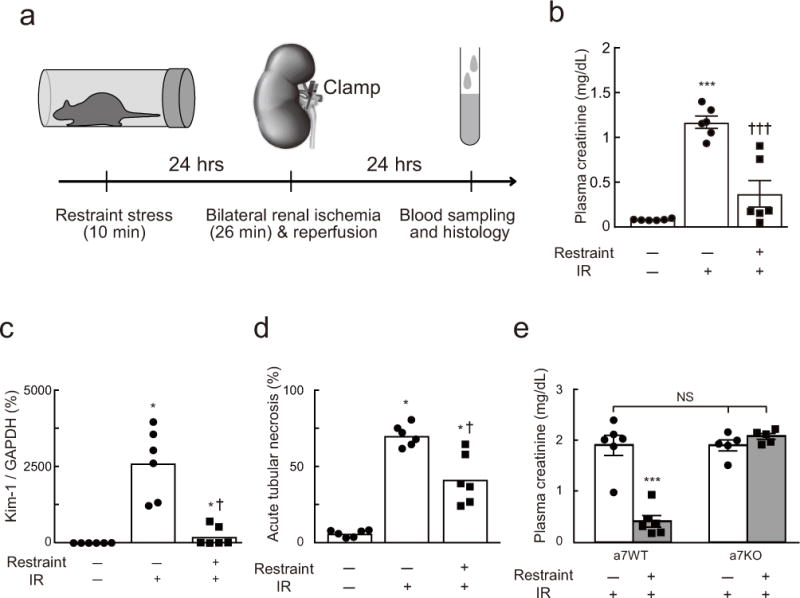Figure 1. Restraint stress protects against renal ischemia-reperfusion injury (IRI).

(a) Time line of experiments shown in panels b-e. Effect of prior restraint stress on plasma creatinine in DβHCre/0 (dopamine β-hydroxylase) mice (DBH-cre mice) (b), Kidney Injury Molecule-1 (Kim-1) mRNA (DBH-cre mice) (c), and acute tubular necrosis (DBH-cre mice) (d) (n = 6/group). IR, ischemia-reperfusion. One-way ANOVA with Tukey–Kramer test (b) or Kruskal-Wallis with Steel-Dwass test (c and d) was used for statistical analysis; [F(2, 15) = 35.64, P < 0.0001] (b), [H = 14.36, P < 0.0001] (c), and [H = 14.36, P < 0.0001] (d). * vs. Restraint(−):IR(−); † vs. Restraint(−):IR(+). Single or triple significant symbols indicate P < 0.05 or P < 0.001, respectively. (e) Restraint stress protects wild-type mice (α7WT) against IRI but has no effect in α7nAChR −/− mice (α7KO). Statistics: two-way ANOVA with Tukey–Kramer test; [F(1, 18) = 37.03, P < 0.0001]. *** P < 0.001 vs. Restraint(−):IR(+) in α7WT and α7KO or Restraint(+):IR(+) in α7KO.
